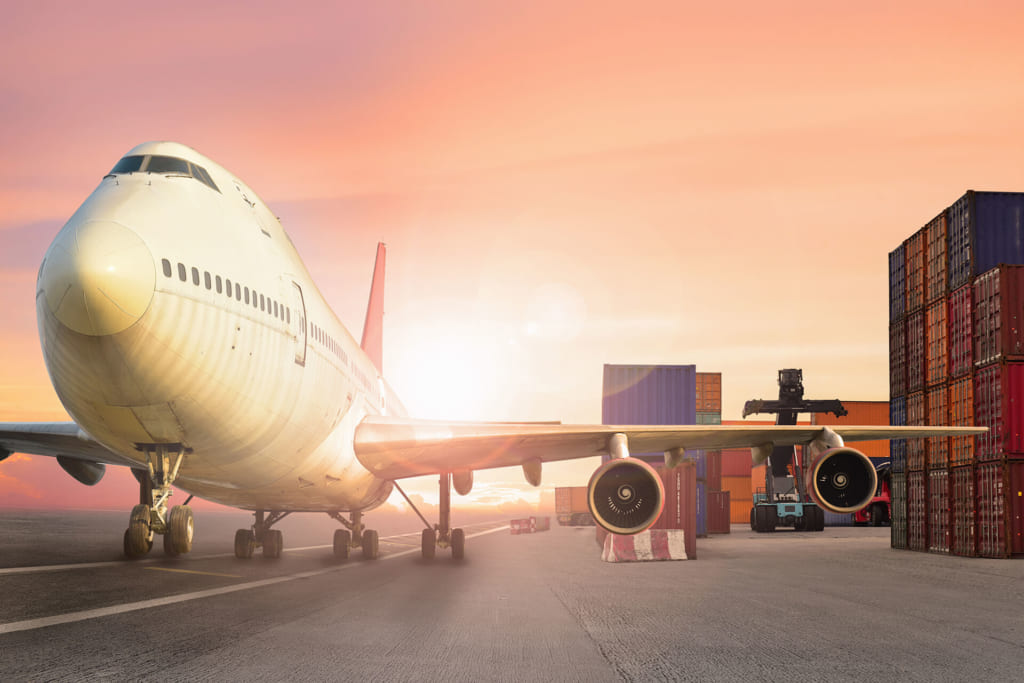



Two pilot studies, belonging to the Queensland Government’s Department of Agriculture and Fisheries, are attempting to increase the value of the exports currently in Australian exports. This is being done with the help of two major producers. Furthermore, the research conducted was presented in front of a number of delegates at the Queensland Horticulture Export Congress. The presentation was divided into two main parts. The first part of this is focused on how to successfully sea freight mixed vegetable loads to short-distance markets, such as New Zealand. The first pilot is being run in partnership with Kees Versteeg from Qualipac, who says that the biggest challenge with exporting is weighing up the cost of air freight with the transportation time of sea freight.
Around five years ago, if the owners wanted to compete on price we had to choose sea freight because that would be the cheapest option to get it over to the destination. The biggest challenge is that the transit takes around one to two weeks in order to reach the destination. Pilot studies have understood that this time could be cut in half if properly looked into.
From the analysis of data from the sea freight containers, we saw that we were looking at two-degree variances from those containers, and fluctuations throughout the container. What the experts are seeing is that the ice is melting because it is not sitting at zero, and in some cases melting then re-freezing, which is causing that damage to the broccoli. But when the simulations were done, because we were able to keep the consistent temperature, we weren’t seeing the damages to the stems and heads. Almost always, at zero-degree temperatures, we are seeing the best shelf-life of broccoli. So, any increase in temperature – by even one degree – is going to shorten that shelf life. Hence, the pilot studies are necessary. The challenge is predicting shelf-life; if we had that predictability, if we can let the customer know if the temperature has gone higher than two degrees. The end of shelf life was determined by the softening of the broccoli.
She added that there are further opportunities to explore the different packaging combinations between ice and modified atmosphere plastic (MAP) liners through the pilot studies. The only issue with the latter is meeting phytosanitary and fumigation requirements.